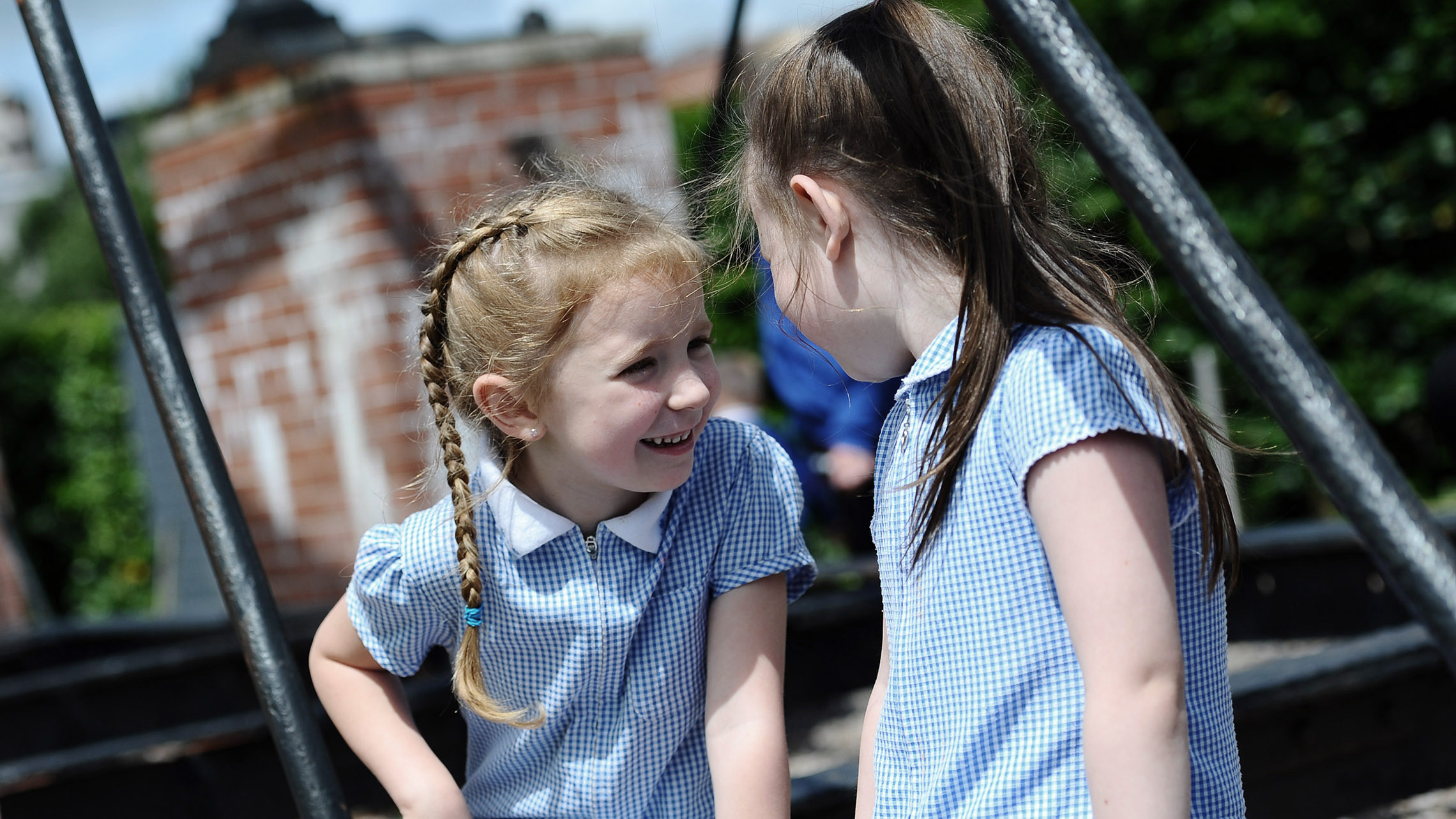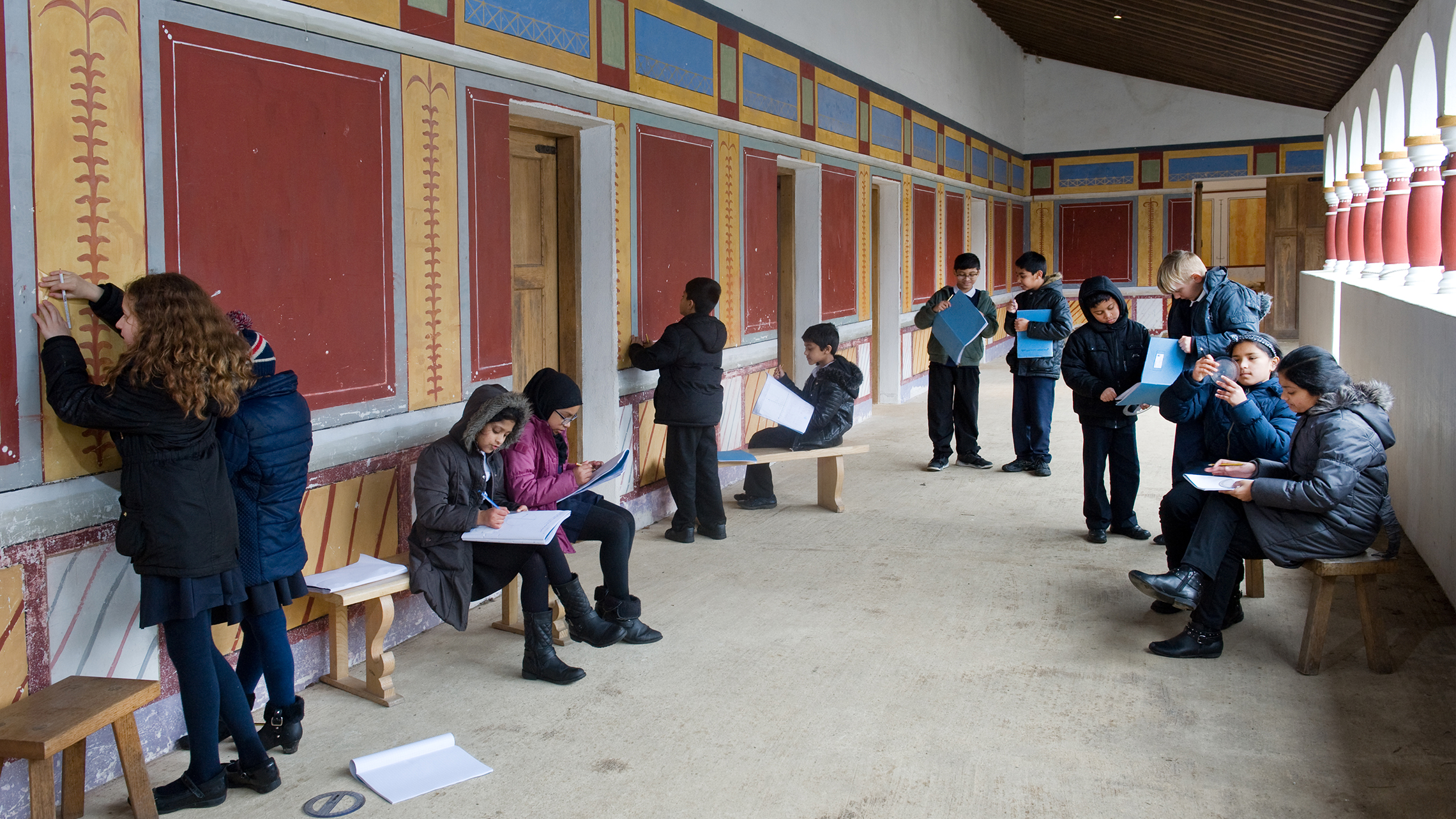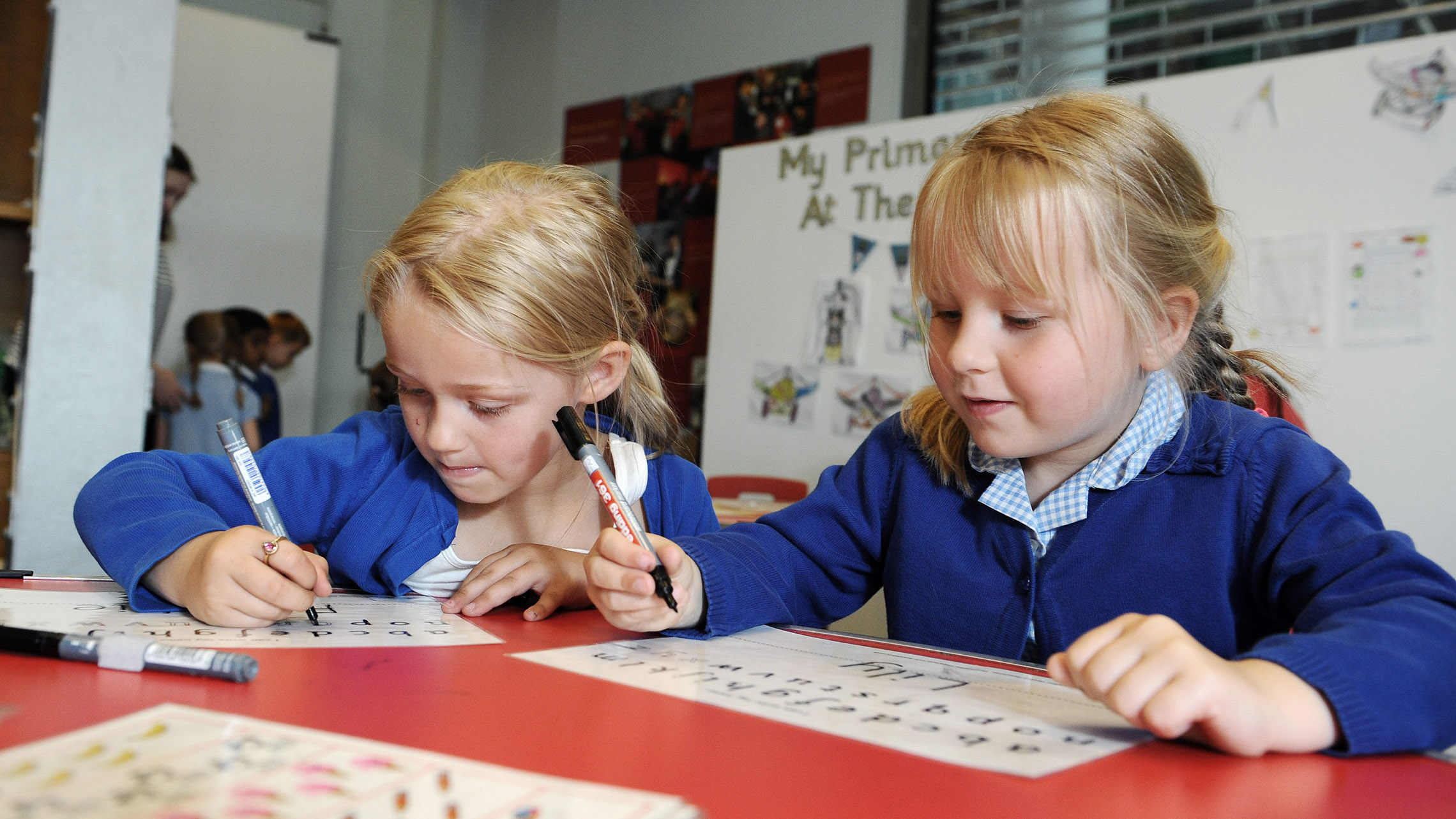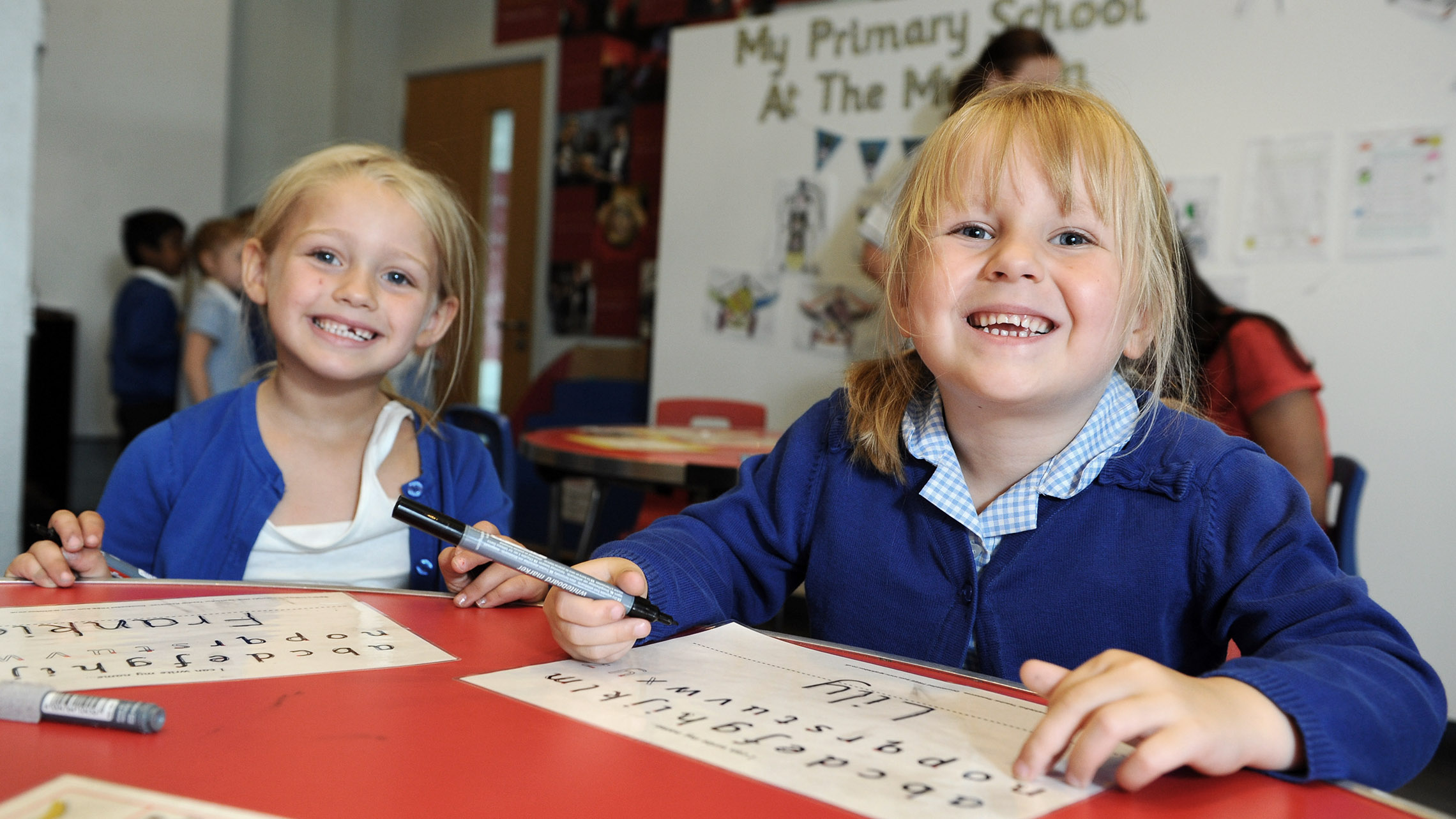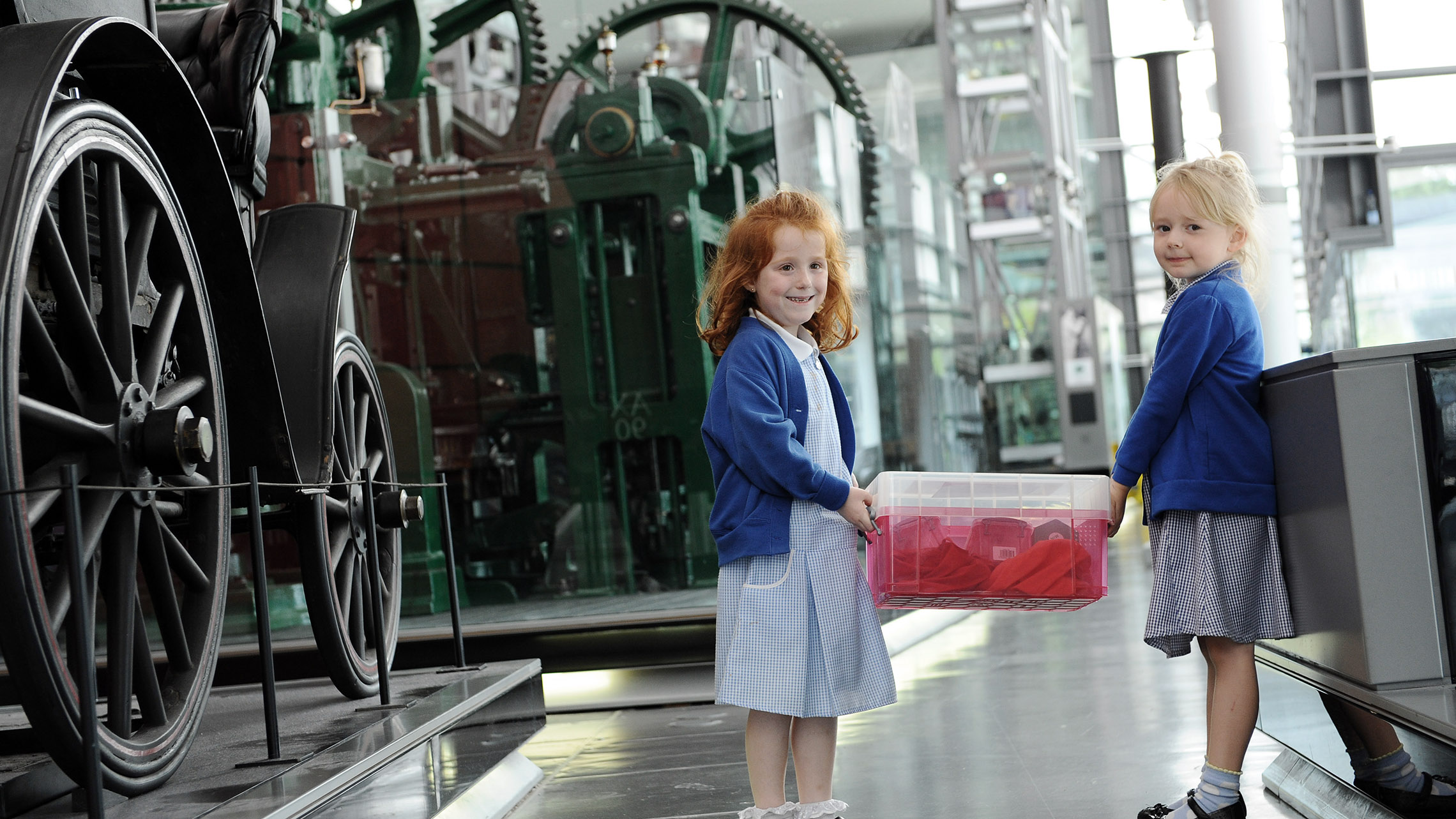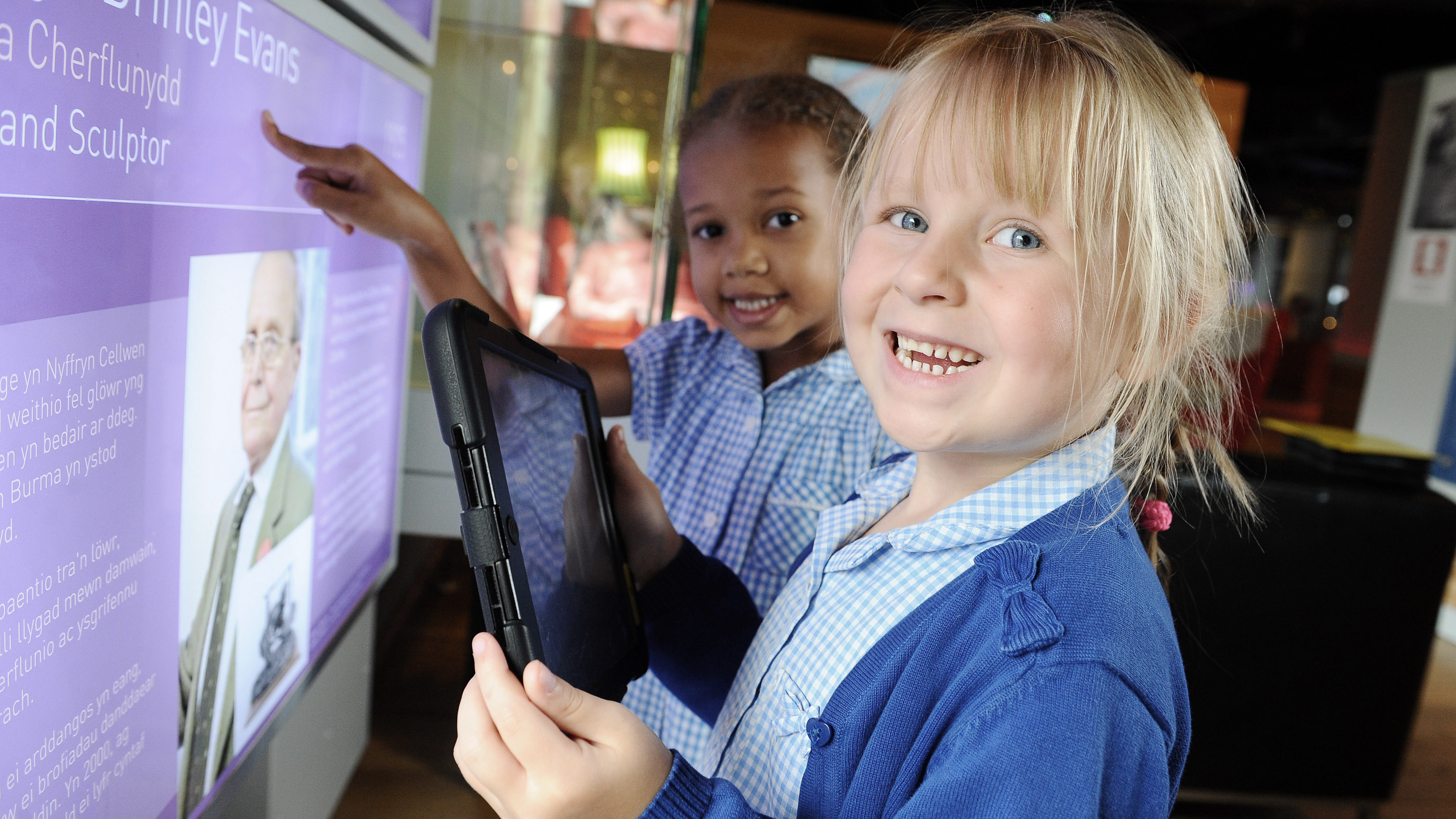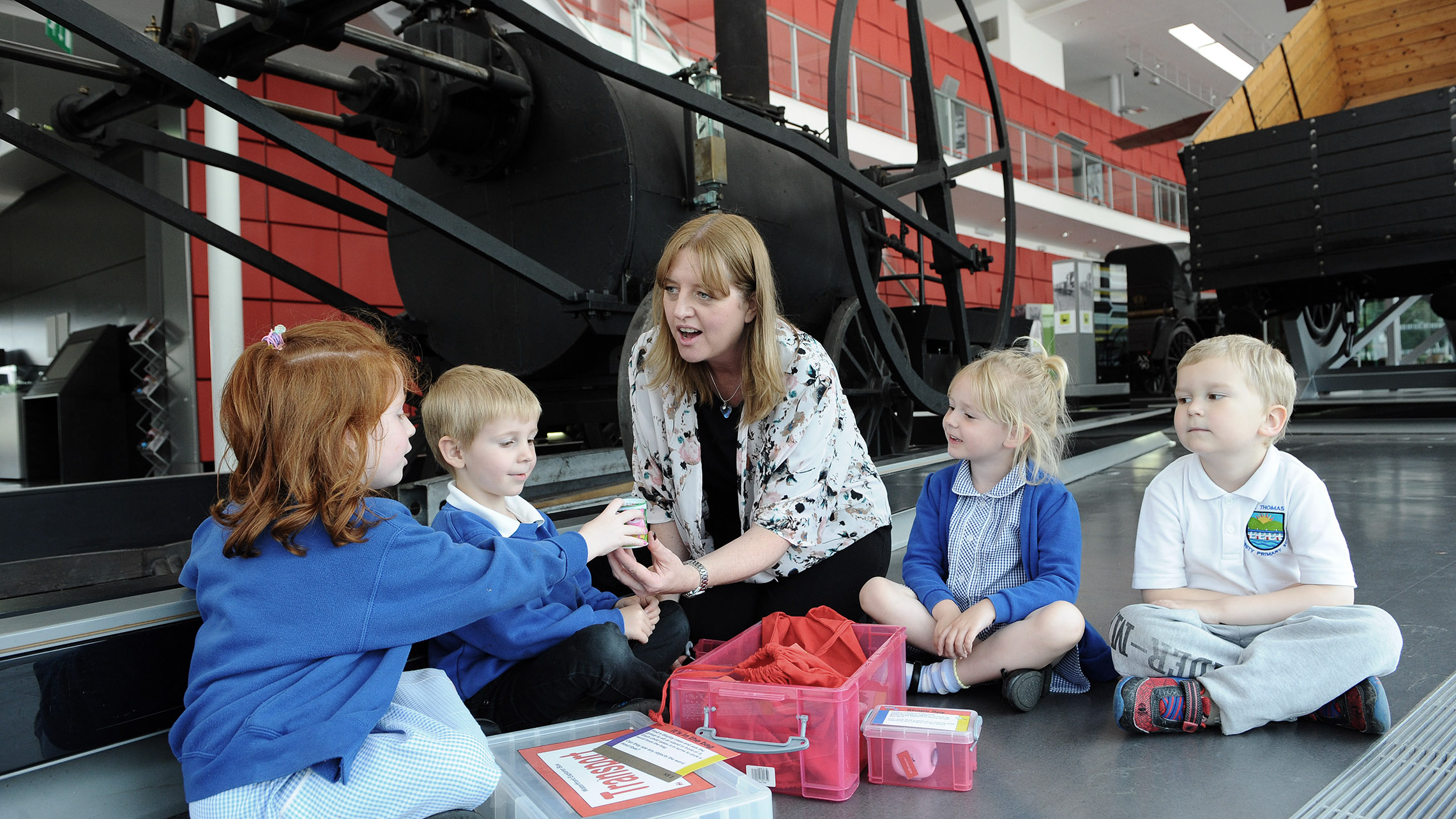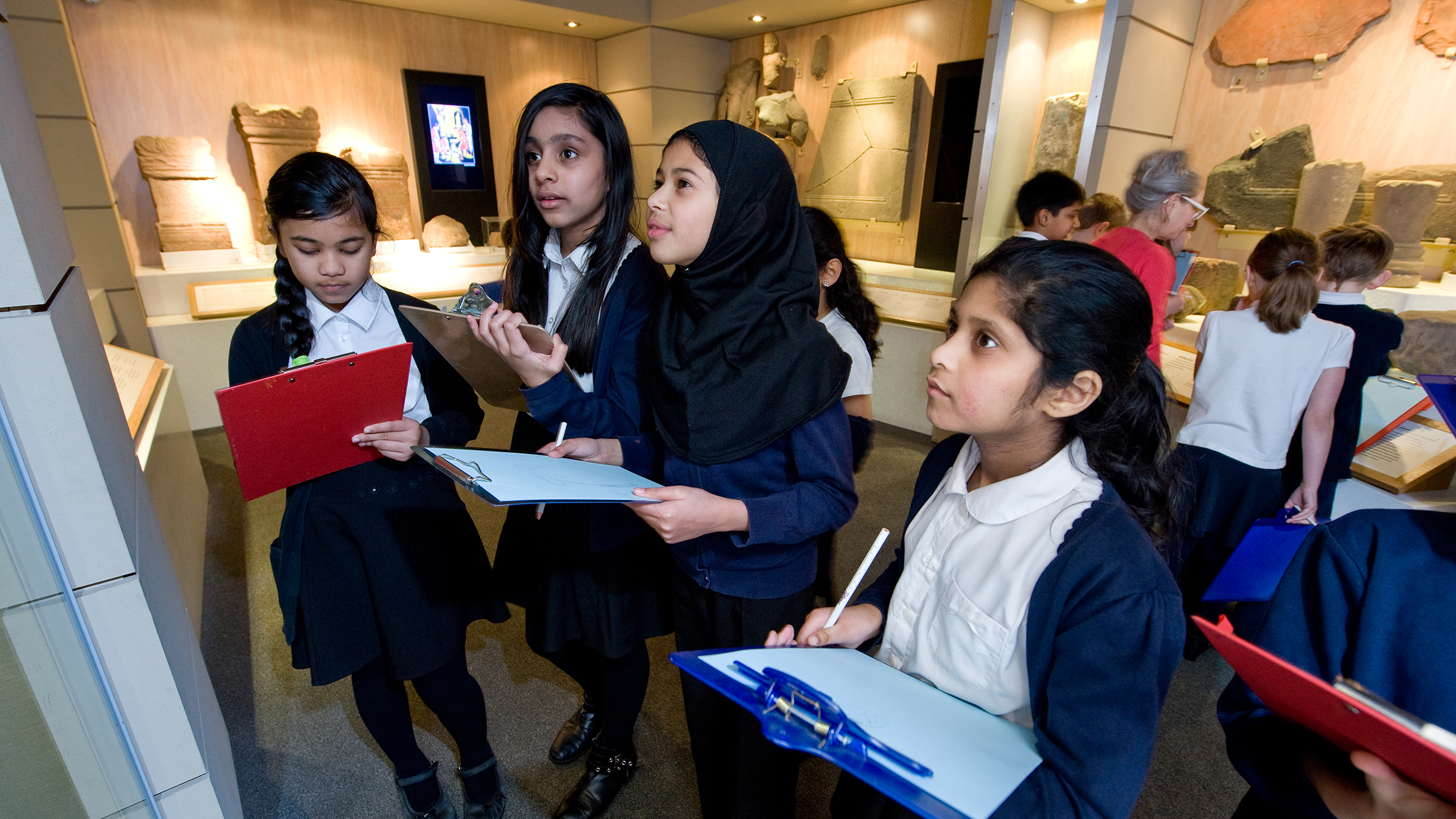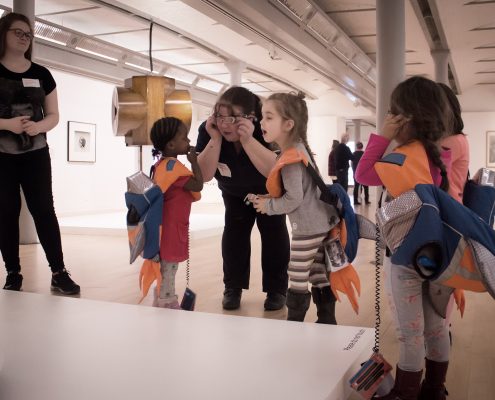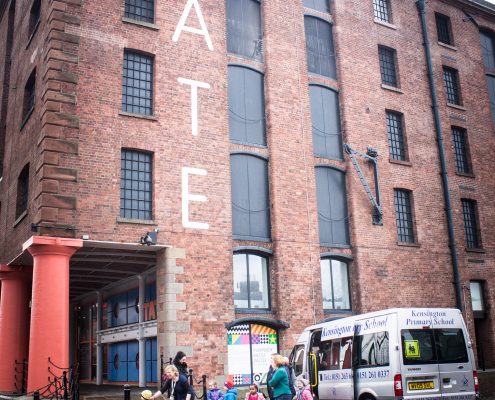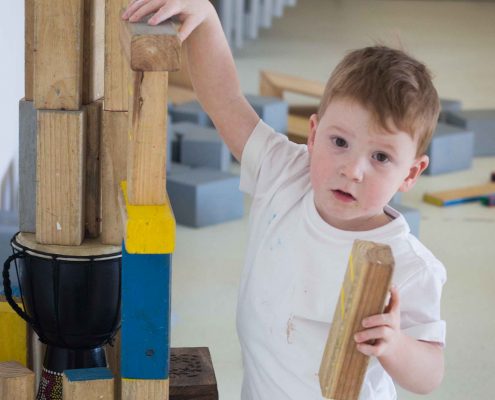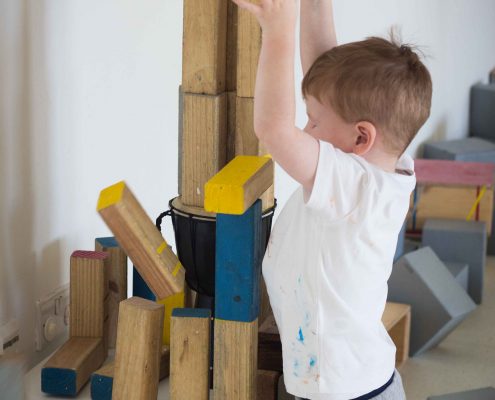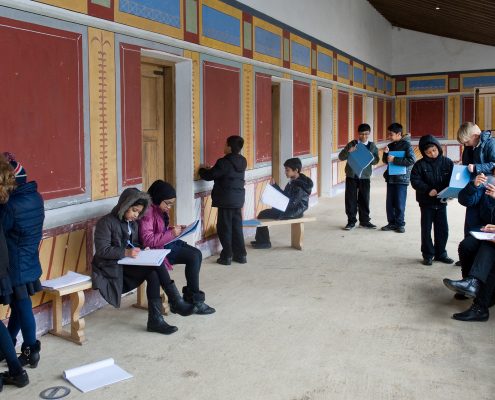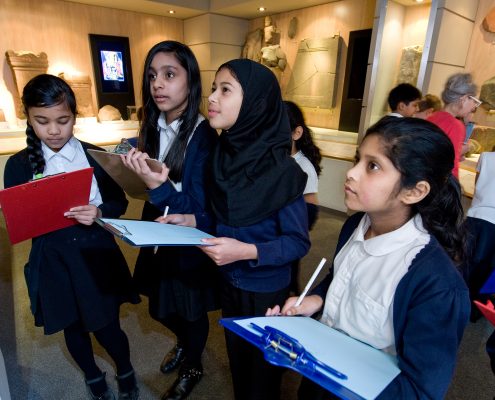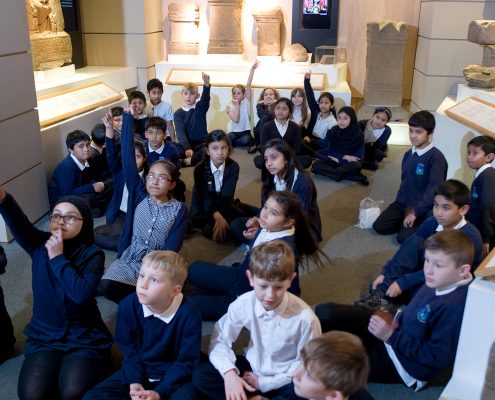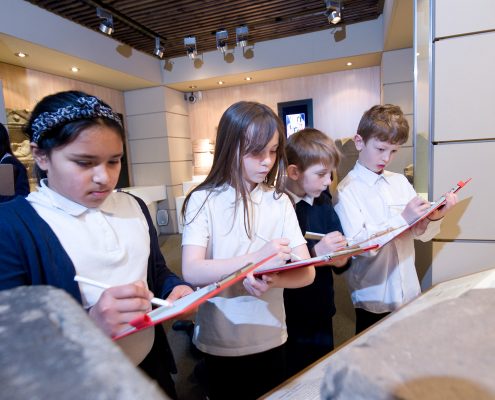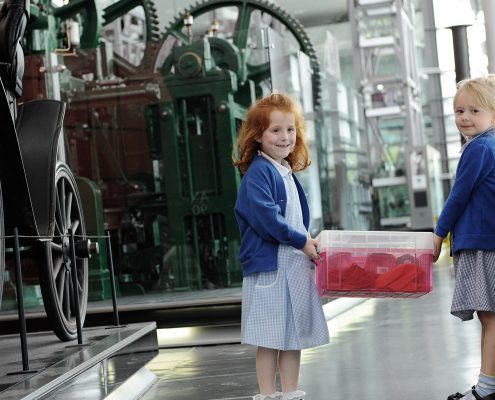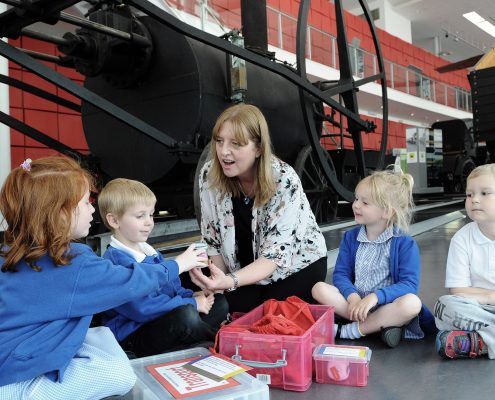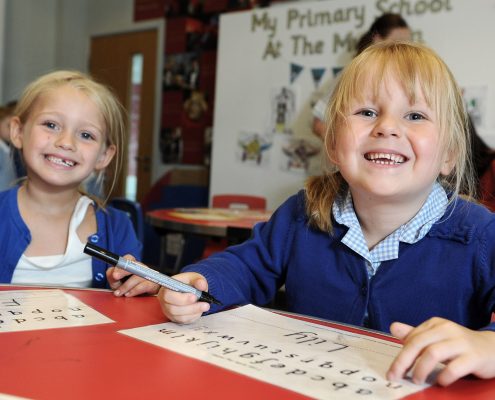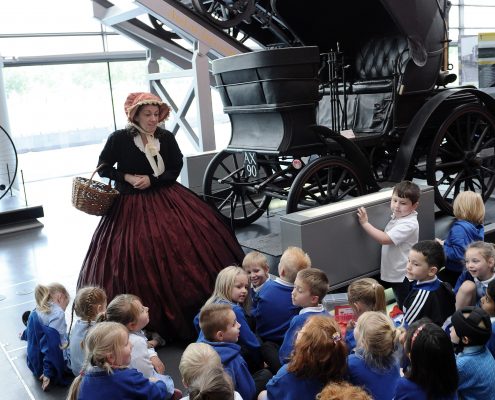‘My Primary School is at the Museum’
The gestation period for the idea of My primary school is at the museum has been pretty much nine years.
It was back in 2006/2007 when I was doing some Strategic Planning work around a renowned and much loved UK cathedral that I was brought up short when local parents were concerned at the lack of computer facilities and indoor sports facilities. My brain couldn’t get beyond ‘but you have all this!’ – the most beautifully historic environment imaginable within acres and acres of open outdoor space.
I looked around me thinking, comparisons are odious, but honestly your children have one of the richest and most inspiring surroundings in which to learn in the whole country. Witnessing the building of the cathedral itself back in the 13th century must have been akin to visiting Cape Canaveral to watch the launch of Apollo 11, and a lot more besides.
I instantly felt, here you can learn Physics, Structures, Materials, Science, Geology, Art, Languages (dozens of nationalities visit from all around the world chattering in a panoply of lyrical tongues), Ecology, Biology, Sustainability, Mathematics, Patterns, Citizenship (with a copy of the Magna Carta to hand) Sculpture etc etc….actually, even History! Computers are two- a-penny round the corner, and these days perhaps games outside isn’t the worst idea for health and wellbeing?
Anyway, this started my own personal reading around how children learn. I was particularly drawn to articles on the value of haptic learning and also the art of employing ‘Visual Thinking Strategies’. At this point I get ticked off by the teachers, because of course I’m just cherry picking from within my own prejudiced constructs. But the point is there seems to be a lot of research and literature available extolling the value of learning through real, concrete objects.
Like many others, no doubt, I was moved and inspired by the popular contemporary energy and furthering of thought in Grayson Perry’s work at the British Museum ‘The Tomb of the Unknown Craftsman’, and also Edmund de Waal’s writings and concerns at the lack of craft and making teaching in our schools, which he warns could seriously stifle our country’s ability to generate creative thinkers, designers and innovators. I started to dream of a range of ‘MAKE-ing’ Schools (Museums As Knowledgeable Environments), i.e. substantially more than masses and masses of formless information.
All of this in parallel with my life as a partner in my architectural practice, Garbers & James, specialising in public cultural projects.
I’ve been an architect for over 35 years now, specialising ever more in museums and education. I have always loved museums And, having been raised in a family that was a simple cocktail of Northumbrian and Welsh chapel backdrops, education (for the bairns!) was treasured above all else. Quite unusually, both of my grandfathers were Primary School teachers……and the end of that part of the story is that I very much love learning too.
I’m a mother of three, so I can claim to also have a certain amount of experience in raising, loving, nurturing and encouraging my brood to flourish and enjoy learning as well.
Time went on; I read and dreamt more and more…
Next up, we have a certain perfect storm brewing in the UK: a ’grave’ shortage of primary school places in some parts of the country, and tremendous pressures in funding for many of our museums. Once you know it and ’tune in’, you’ll find museums are under severe threat, with several closing with alarming regularity. I’m a member of the Museums Association and the weekly updates that drop into my inbox instil a degree of cultural panic.
Could this idea actually turn out to be an ‘Egg Solution’?
Museums are full of treasures that belong to us all; our children are also our very own created treasure; primary schools aren’t big…. (they don’t need specialist laboratories and large playing fields etc. like secondary schools), so:
Why not put the two together?
Museum buildings are often very good quality building fabric. Many could be renovated; remodelled, extended with relative ease.
Some personnel skills and resourcing could perhaps be shared: maybe administration and finance staff; teaching support; heat and light, and so on and so on.
Also, very importantly, primary children bring their families with them: taking and fetching; plays and events. Mothers, fathers, guardians, big brothers and sisters, grandparents- they all turn up at some point in the year… at the museum! So the museum can also start to try and further capture that potentially captive audience.
So, luckily, I came across the Cultural Institute at King’s College London through some associated lecturing I was doing on a ‘Towards Tomorrow’s Museum’ course, based at Tate Modern whilst I was working there on the major extension project in our capacity as Design Manager and Briefing Project lead.
With the Institute’s backing and support we slowly started to develop the idea further and design a series of ’Proof of Concept’ pilot studies, also involving research staff from the Department of Education and Professional Studies.
And now those Action Research projects are running!
It’s so thrilling to have one group of children from Hadrian Primary School in a Roman Fort Museum (Arbeia, South Shields); a Nursery group (Kensington Children’s Centre) at Tate Liverpool as a contemporary and modern Art museum, and two classes from St Thomas Community Primary School at the National Waterfront Museum, Swansea with the most wonderful collections relating to local Industrial and Social heritage. What a wonderful array of subjects, speaking so much about the neighbourhoods in which the children find themselves.
None of this tells you how very much I have appreciated all the support from numerous individuals at King’s and from the professional Museum community in finding truly visionary partners. The folk who are up for it: the museums came first and they gave me the ideas for schools. But now I see it actually happening and can see the widely varying source material the children have to ’play with’ if the teachers so desire. The families are coming already too.
I still so much believe in this concept; not as a universal panacea, but as an option, a possible new way to think of delivering schools in a local cultural context, making best use of the extraordinary collections that we as a nation own.
I have also come to realise how much this idea comes from not only my own interests and passions in life, but also my profession.
Architects, so often knocked on the basis of subjective visual rants and raves, are people ideally placed to assemble all manner of juxtapositions, layering and complex physical parameters; programming requirements; functional operations and goodness knows what else and come up with a whole solution; something of quality and integrity that can support the user community and hopefully inspire the surrounding communities. A lot of people don’t realise that potential, and in my humble opinion, it should be tapped a lot more. It’s like a science applied with artistic and sculptural expertise that is fundamentally based in humanity.
So being an architect partly defines the skills I am practised in and I believe they account for the birth of the idea that this project is.
I’m excited to see how the story will continue to unfold.
credit:
“My Primary School is at the Museum” is a collaboration between Kensington Children’s Centre and Tate Liverpool; St Thomas Community Primary School and the National Waterfront Museum, Swansea; Hadrian Primary School and Arbeia Roman Fort & Museum (TWAM); and the Department of Education & Professional Studies, King’s College London.
The project was conceived by Wendy James, Garbers & James Architects and delivered through the Cultural Institute at King’s College London.
